11th Tourism in Carabobo: Museo Casa de la Estrella, Part 1 [ENG/ESP]
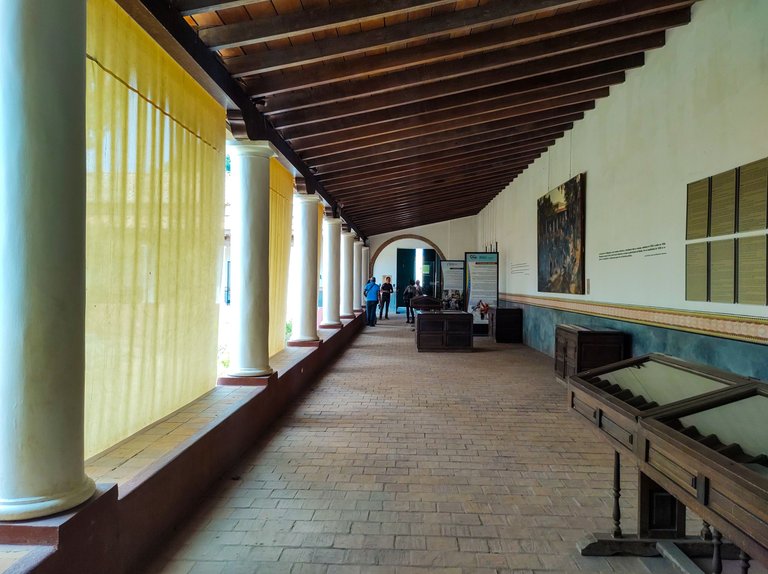
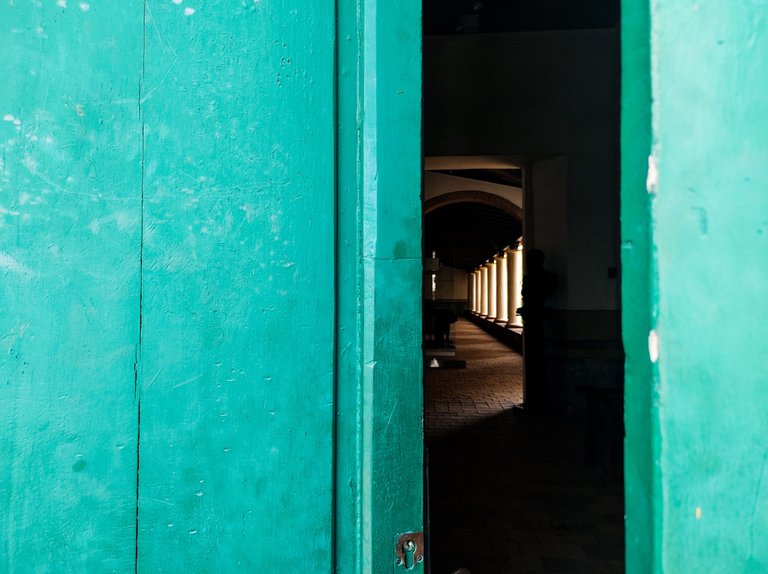
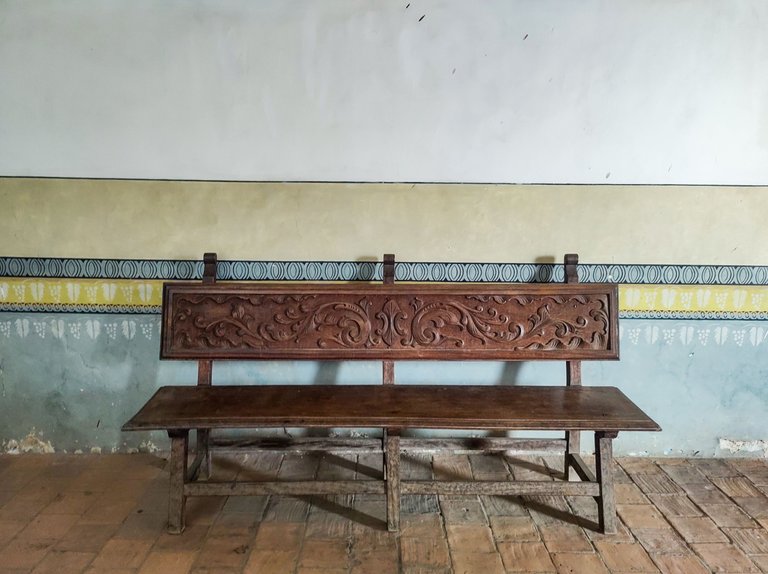
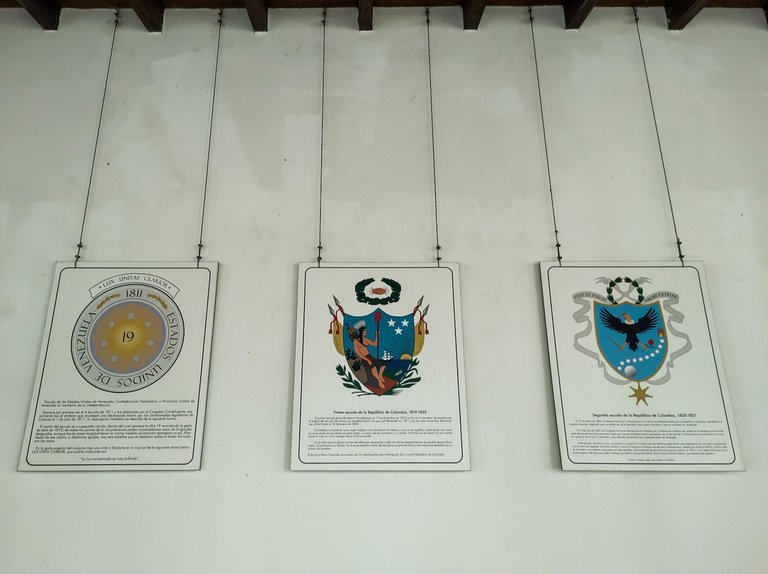
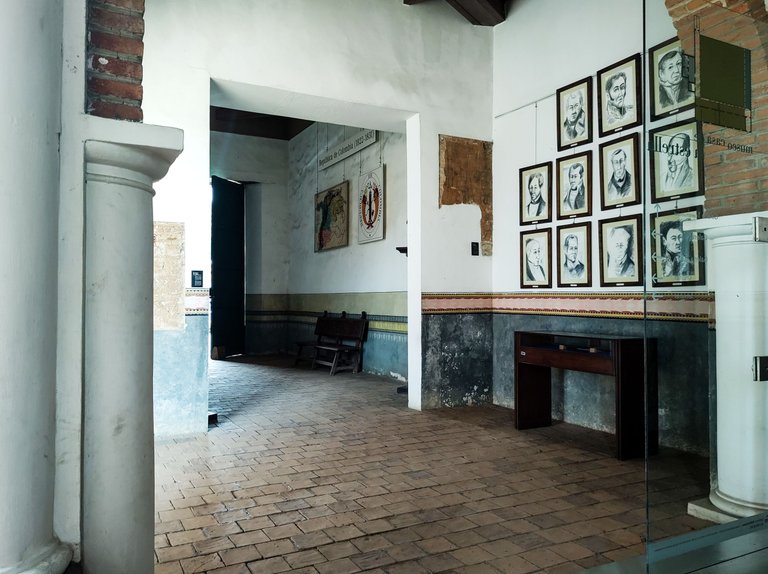
¡Saludos a todos en la comunidad de Worldmappin! El día de hoy me uno por aquí para compartir con ustedes otra entrega de Turismo en Carabobo. En esta ocasión estaremos hablando de "La Casa la Estrella". Vamos llegando ya casi al final de esta recopilación de publicaciones dedicadas al estado Carabobo y he dejado algunos de los lugares más significativos para este momento. Por lo que en esta oportunidad he decidido dividir esta reseña en dos, ya que este es uno de los lugares que más recoge información importante y trascendental (y testigo de hitos) para la historia de Venezuela. Así que intentaré simplificar un poco las cosas, ya que sinceramente, de la Casa de la Estrella, se puede hablar (en este caso, escribir) muchísimo. Comencemos con ello.
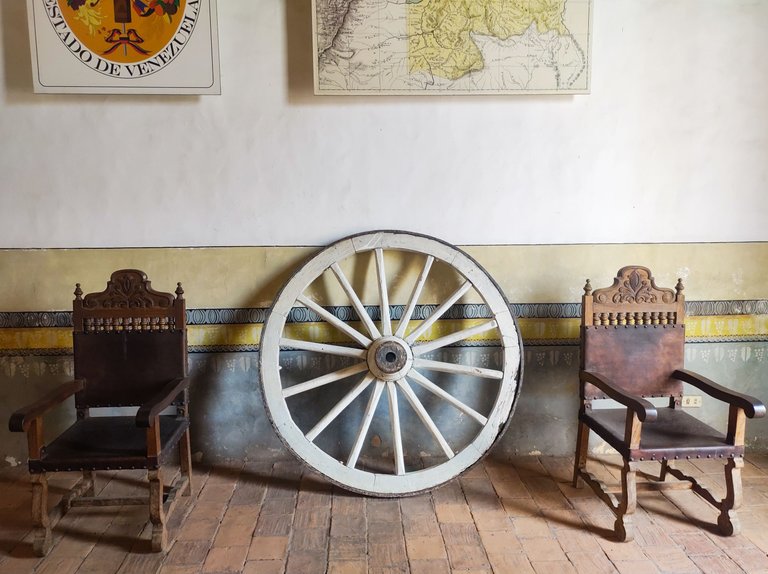
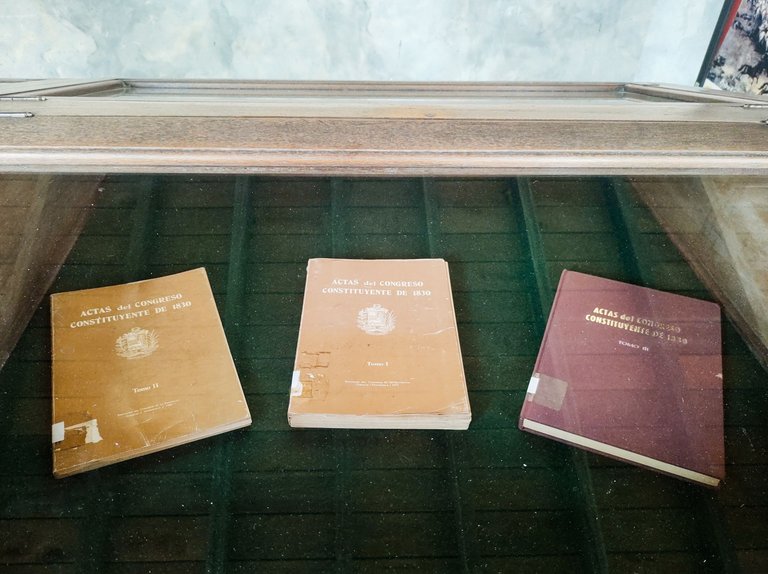

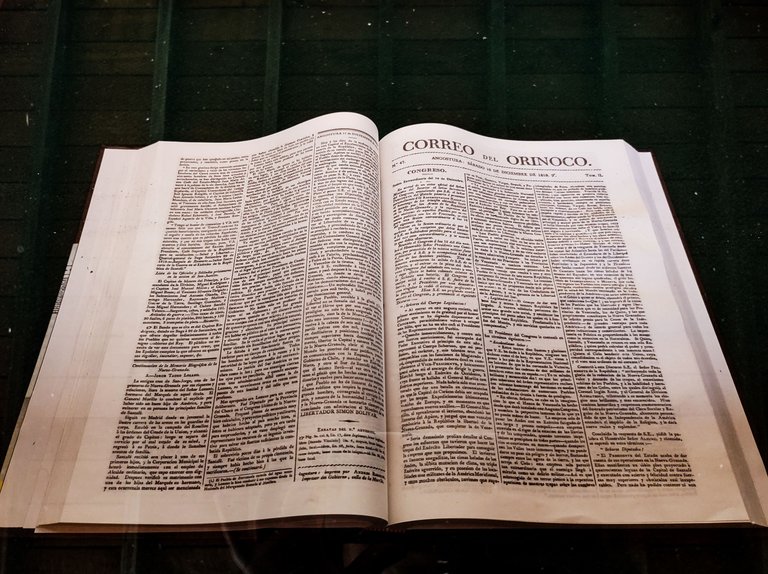

Situada entre la Calle Colombia y la Calle Soublette, se encuentra en la esquina de esa intersección, la Casa la Estrella. Nombrada de esa forma (posterior a su fundación) porque en el frente de la misma existía un local llamado "La Estrella Roja", por lo que al ser un punto de referencia, rápidamente los lugareños adoptaron ese nombre. Su fundación data del año 1664, cuando se construyó el edificio para ser usado cómo hospital, nombrado entonces cómo: Hospital San Antonio de Padua. A la par, se encontraba dentro de las instalaciones, una capilla, dónde tanto enfermos cómo lugareños, podían acceder a ella. Para ese entonces, los cementerios eran construidos al lado de los hospitales (siguiendo la lógica de la practicidad), por lo que en el lado este de la casa encontraremos un acceso (hoy en día cerrado) que daba al cementerio. Este hecho también lo veremos por ejemplo en el actual Hospital Central de Valencia, ya que al lado de este se encuentra el Cementerio Municipal.
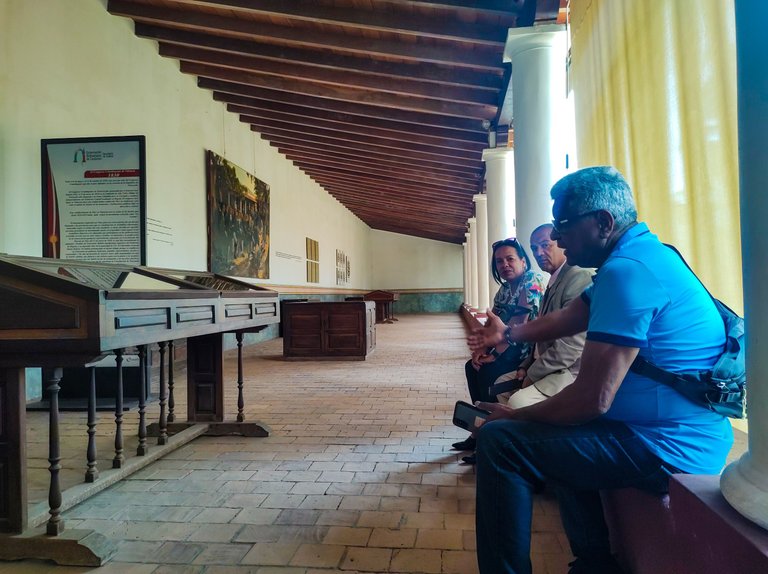
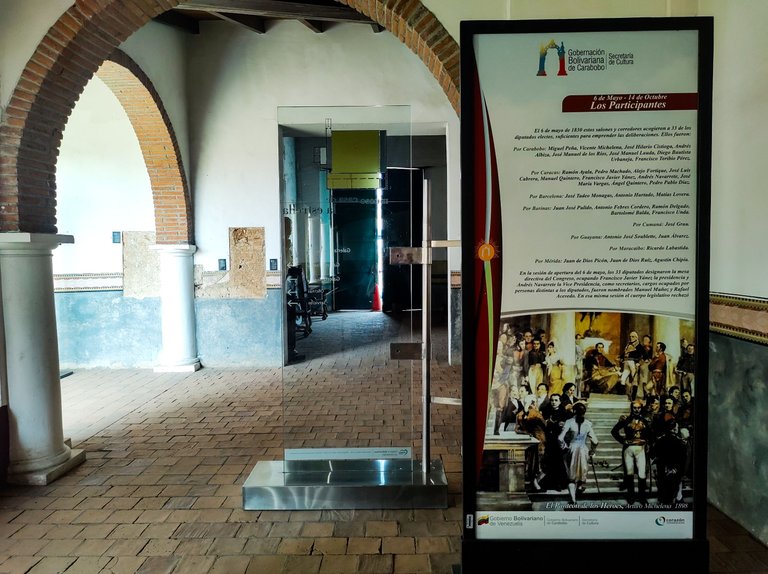
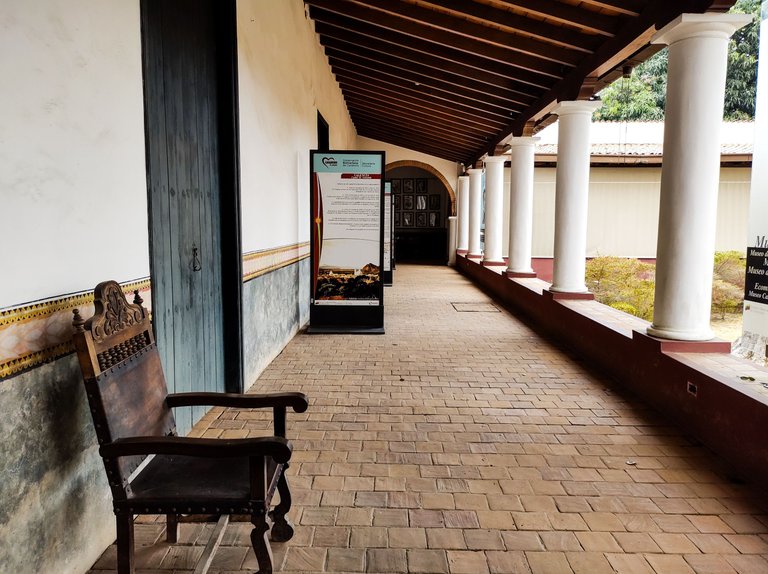
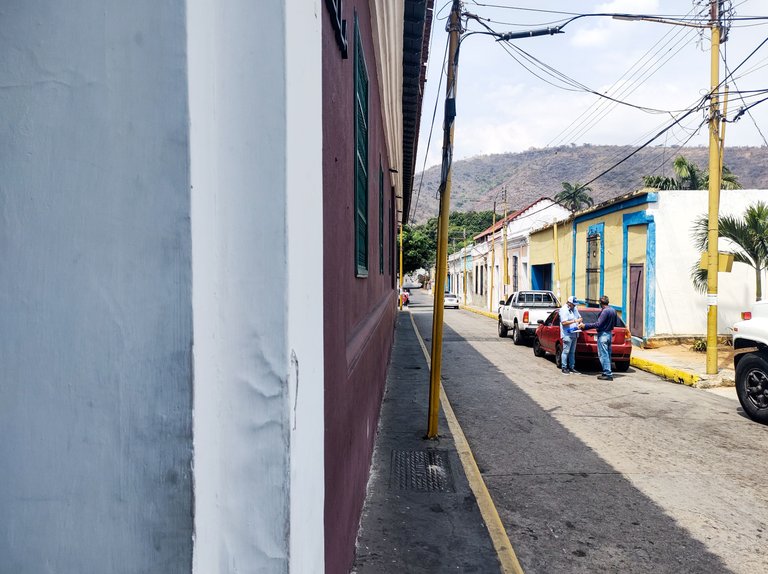
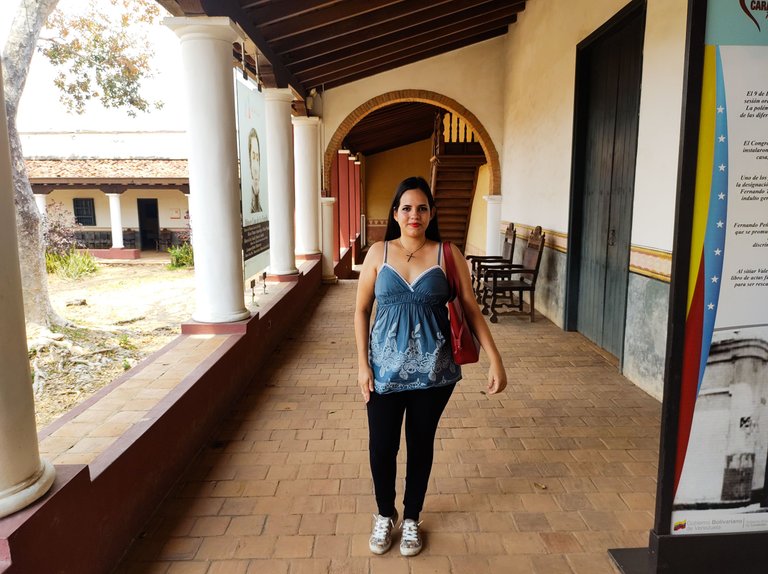
La Casa sigue una estilo arquitectónico colonial que corresponde con el diseño de los antiguos hospitales de la nación. De hecho, podemos encontrar que la Sala Principal era utilizada para que los enfermos pudieran acudir a misa sin entrar en contacto con las personas que estaban sanas. Mas adelante, en el Siglo XIX, la casa pasó a ser parte del Congreso de la República (de 1812 y 1830), siendo uno de los momentos en que el lugar tuvo un carácter político. Luego de ello, la casa sirvió diferentes funciones: fue nombrado por Páez cómo el Colegio Nacional de Valencia, luego paso a ser el Colegio de Estudios Superiores de Medicina, así cómo nombrada "Universidad de Valencia" (1893) siendo clausurada por Cipriano Castro (1903), luego vuelve a funcionar cómo hospital: Hospital del Niño, Hospital de la Caridad y Oncológico de Valencia (alrededor de 1960). Finalmente, la casa se encontraba en malas condiciones e iba a ser demolida, pero la Academia de la Historia logró salvarla y se convirtió en lo que es hoy en día: Museo y Biblioteca.
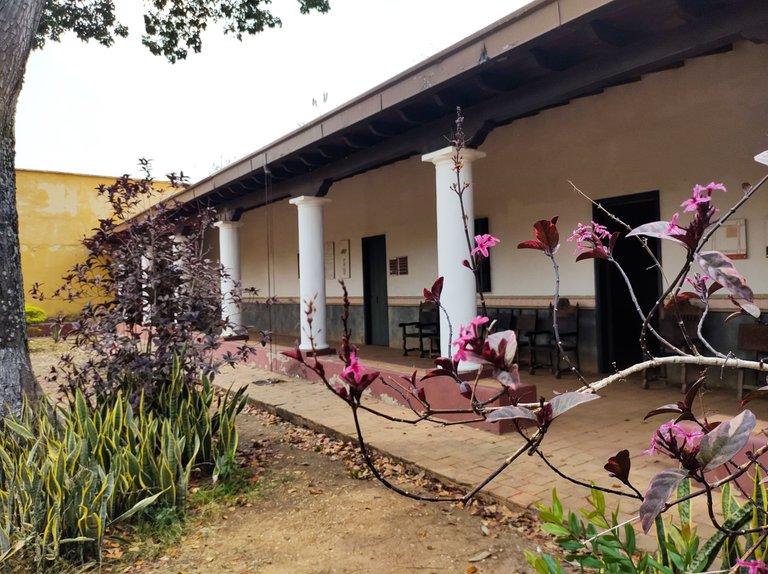
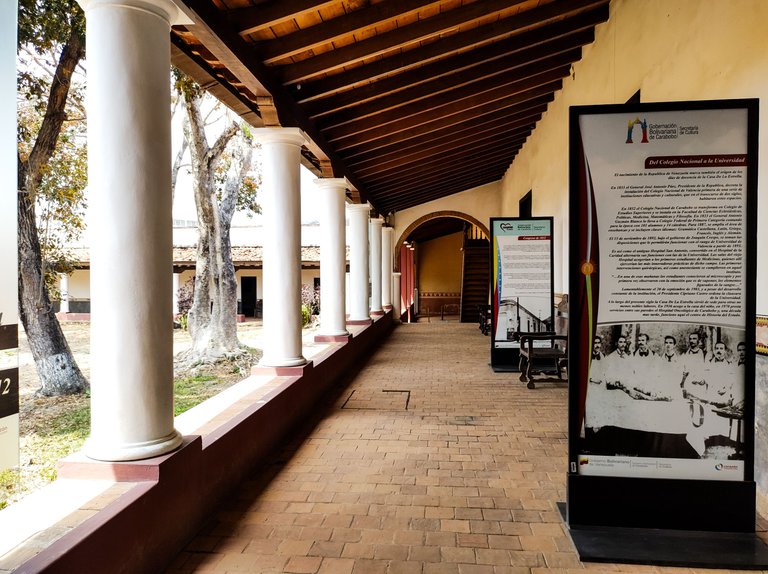
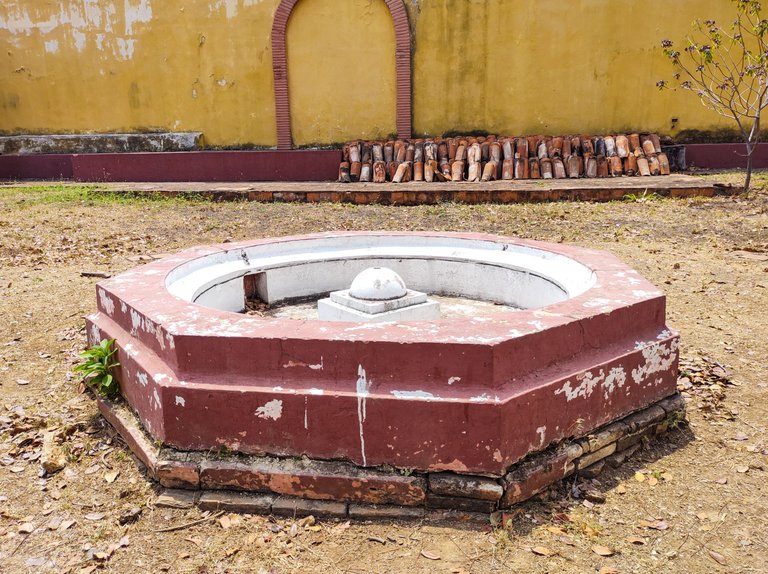
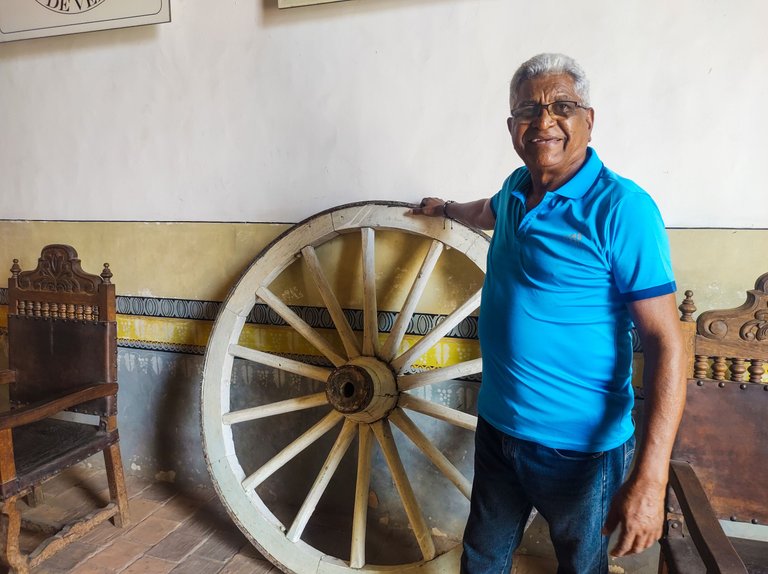
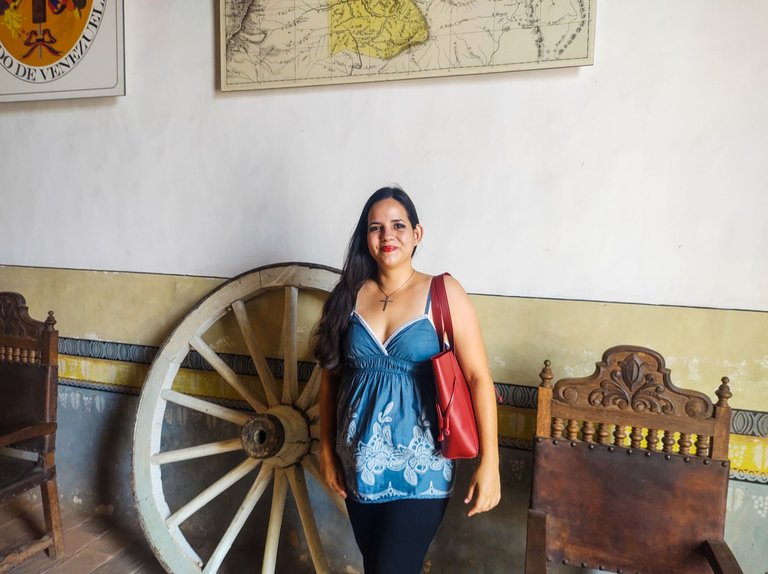
Currently, the house has four areas that are open to the public. From the entrance hall, you move on to the Historical Documents Exhibition Room (highlighting a copy of the original Declaration of Independence, which, incidentally, had been lost for a long time in Valencia until it was found and brought to Caracas), some copies of local newspapers, letters from national heroes, illustrations and infographics of the coats of arms of the state of Carabobo and Venezuela, maps of the time, the painting of the Renunciation of Miranda by Gabriel Atencio (2011), murals by Pedro Castillo, and a few other texts. The central courtyard marks the entrance to the cemetery and its water fountain, which served during its founding; the Main Hall (where the Cosiata was signed and which culminated in one of the moments when Valencia became the capital of the country); and the Chapel Room. Visiting Casa la Estrella is undoubtedly a direct way to get to know Valencia and Venezuela (but also part of Latin America), given all the history it holds. This concludes today's review. Finally, I hope you enjoyed it, as always, with love and care. A big hug.
Actualmente la casa posee cuatro zonas que son de acceso público. Del zaguán se pasa a la Sala de Exhibición de Documentos Históricos (destaca una copia del Acta de Independencia original, que por cierto, dicho documento había permanecido perdido por mucho tiempo en Valencia hasta que fue encontrado y llevado a Caracas), algunas copias de los periodicos locales, cartas de próceres, ilustraciones e infografías sobre los escudos del estado Carabobo y de Venezuela, mapas de la época, la pintura de la Renuncia de Miranda de Gabriel Atencio (2011), los murales de Pedro Castillo y algunos textos más. El patio central que señala la entrada al cementerio y su fuente de agua que sirvió durante la época de su fundación. La Sala Principal (dónde se firmó la Cosiata y que culminó en uno de los momentos en los que Valencia pasó a ser capital del país) y La Sala de la Capilla. Visitar la Casa la Estrella es sin duda una forma directa de conocer Valencia y Venezuela (sino también parte de latinoamérica), por toda la historia que guarda. Hasta aquí la reseña de hoy. Finalmente espero que les haya gustado, cómo siempre con cariño y esmero. Un fuerte abrazo.
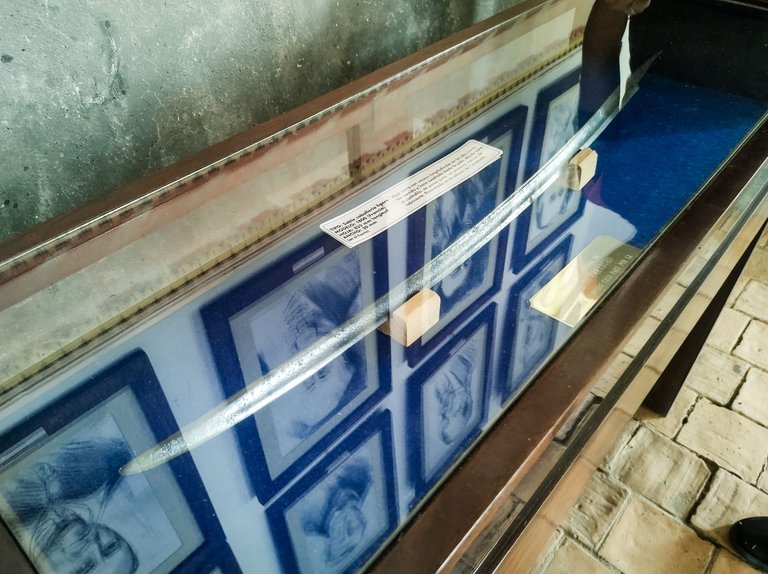
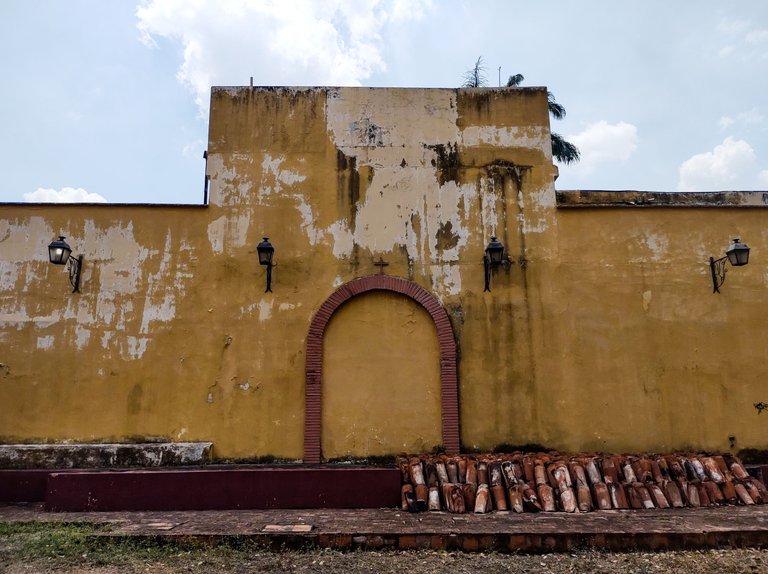

You can check out this post and your own profile on the map. Be part of the Worldmappin Community and join our Discord Channel to get in touch with other travelers, ask questions or just be updated on our latest features.
Fascinating history and architecture
Hey! 🤗 It's totally true! Thanks
Thanks for sharing the review with us. How much does it cost to tour round the La Casa de la Estrella. Also, is their need for a tour guide or it is easy to find one's way around?
Greetings 🤗 There is no cost to visit the Casa and yes, there is a guide to help with the tours. Talks and so on. Thank you very much for your attention.
Okay, thanks for the feedback
A very enjoyable trip, the beauty of the perverted building is really beautiful. You managed to capture the beauty of the place, it's amazing ❤️🙏
Greetings 🤗 thank you very much, that's right, it holds fast over time.
Amazing report @carminasalazarte!
!discovery 35
!PIZZA
Thanks My friend 🤗 hugs!! 😁
This post was shared and voted inside the discord by the curators team of discovery-it
Join our Community and follow our Curation Trail
Discovery-it is also a Witness, vote for us here
Delegate to us for passive income. Check our 80% fee-back Program
$PIZZA slices delivered:
@jlinaresp(2/15) tipped @carminasalazarte
Moon is coming - April 19th, 2025
Amazing! good beautiful architectures and it was good that the place was properly maintained and taking care off.
Greetings 🤗 thank you very much. Yes, the house is holding up quite well and that's an ale.
You managed to capture every detail of this place very well, it's amazing, have a nice day my friend.
Thanks 🤗 you too
Congratulations, your post has been curated by @dsc-r2cornell. You can use the tag #R2cornell. Also, find us on Discord
Felicitaciones, su publicación ha sido votada por @ dsc-r2cornell. Puedes usar el tag #R2cornell. También, nos puedes encontrar en Discord